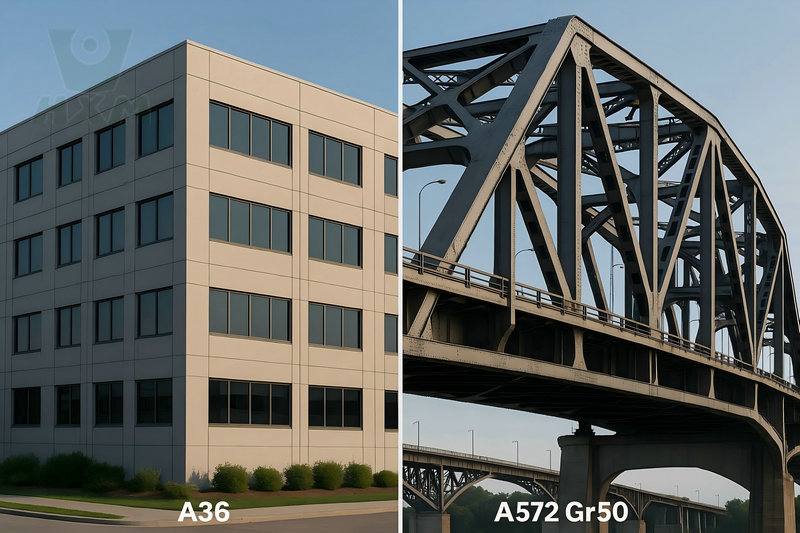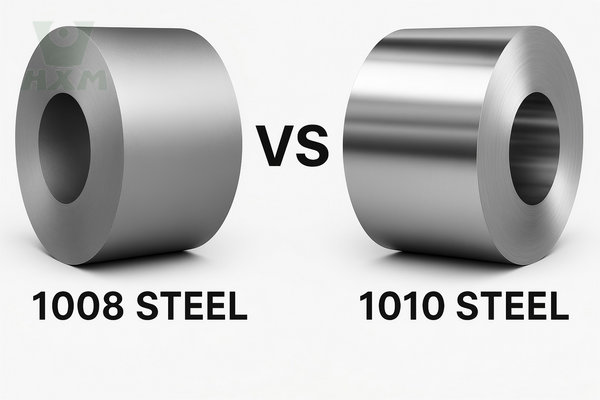What is Grain Oriented Electrical Steel (GOES)?
Grain Oriented Electrical Steel, as the name suggests, is a type of electrical steel known for its controlled grain orientation. During the manufacturing process, the steel is carefully annealed and rolled to induce anisotropy, aligning the crystal grains in a specific direction. This grain alignment allows GOES to exhibit superior magnetic properties in the direction of rolling, resulting in reduced core losses and enhanced magnetic flux density. The unique magnetic anisotropy of GOES makes it an ideal choice for high-performance electrical transformers and other power distribution applications.
What is Non-Grain Oriented Electrical Steel (NGOES)?
Non-Grain Oriented Electrical Steel, in contrast, is a type of electrical steel that lacks the controlled grain orientation found in GOES. During its production, the steel undergoes random crystalline orientation, making it isotropic in magnetic properties. While NGOES does not offer the same level of magnetic performance as GOES in a specific direction, it compensates by demonstrating relatively uniform magnetic properties in all directions. This characteristic makes NGOES suitable for applications such as electric motors, generators, and small transformers, where magnetic flux changes direction frequently.
Grain Oriented Electrical Steel VS Non-Grain Oriented Electrical Steel
1. Magnetic Anisotropy vs. Isotropy:
The most significant distinction between GOES and NGOES lies in their magnetic properties. GOES exhibits magnetic anisotropy due to its controlled grain orientation, resulting in significantly lower core losses and higher magnetic permeability in the rolling direction. On the other hand, NGOES possesses magnetic isotropy, providing relatively uniform magnetic properties in all directions.
2. Applications:
Due to its superior magnetic properties in the rolling direction, GOES is primarily utilized in high-efficiency transformers and large power distribution systems where core losses need to be minimized. The directional nature of GOES ensures that the magnetic flux flows efficiently, increasing the overall efficiency of these electrical devices. Conversely, NGOES finds applications in electric motors, generators, and smaller transformers, where the magnetic flux direction changes frequently, and magnetic isotropy becomes advantageous.
3. Cost and Availability:
In terms of cost and availability, NGOES is generally more affordable and easier to obtain than GOES. The production process for NGOES is less complex, making it a cost-effective choice for various electrical applications. However, when efficiency and performance are critical, GOES becomes a preferred option, despite its higher cost and limited availability.
In conclusion
Grain Oriented Electrical Steel (GOES) and Non-Grain Oriented Electrical Steel (NGOES) both play indispensable roles in the electrical engineering realm. GOES, with its magnetic anisotropy, is ideal for high-efficiency power transformers and large-scale power distribution systems, whereas NGOES, with its isotropic magnetic properties, suits electric motors, generators, and smaller transformers.
Each type of electrical steel offers distinct advantages, enabling engineers to select the most suitable variant for their specific application requirements, and striking a balance between performance, cost, and efficiency.







